If you’ve been considering ways to improve your home’s appearance whilst adding practical benefits, you’ve likely come across the term “cladding.” But what exactly is house cladding, and why are so many homeowners choosing to install it?
Simply put, exterior cladding is a protective layer of material fixed to the outside walls of your home. Think of it as a weatherproof jacket for your property that not only shields it from the elements but also transforms its appearance. From traditional timber to modern uPVC options, cladding serves both functional and aesthetic purposes that can benefit your home for decades to come.
Understanding the Basics of House Cladding
What Does Cladding Actually Do?
Cladding acts as a non-loadbearing skin attached to your home’s exterior walls. Unlike render or paint applied directly to brickwork, cladding creates a protective barrier with a small cavity between the material and your wall. This cavity allows for ventilation and provides an extra layer of insulation.
The primary purpose of exterior cladding goes beyond decoration. It protects your home’s structure from weather damage, including rain, wind, and temperature fluctuations. By preventing water penetration, cladding helps maintain your property’s integrity whilst potentially reducing heating costs through improved insulation.
How Cladding Has Evolved
Modern cladding materials have evolved significantly from basic wooden boards used centuries ago. Today’s options include everything from low-maintenance uPVC to composite materials that mimic natural textures without the upkeep.
If you’re already considering other exterior improvements like fascias and soffits, cladding can complement these upgrades beautifully.
Types of Cladding Materials
uPVC Cladding
Traditional timber soffits can look stunning, especially on period properties or homes in conservation areas. They offer that authentic, classic appearance that some homeowners prefer over modern materials.
However, timber requires significant ongoing maintenance. You’ll need to treat and paint them regularly to prevent rot, and even with proper care, they typically need replacing more frequently than modern alternatives. If you choose timber, make sure you’re prepared for the long-term commitment.
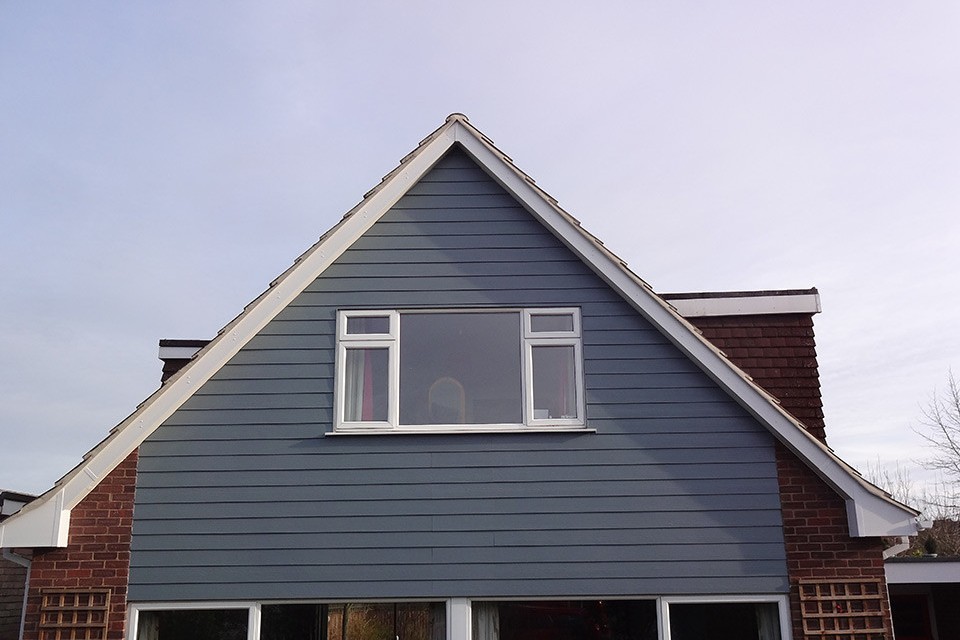
Timber Cladding
Traditional timber creates a warm, natural aesthetic many homeowners love. Whilst requiring regular treatment to prevent weathering and rot, properly maintained timber can last decades. Cedar and larch are popular choices due to their natural weather resistance.
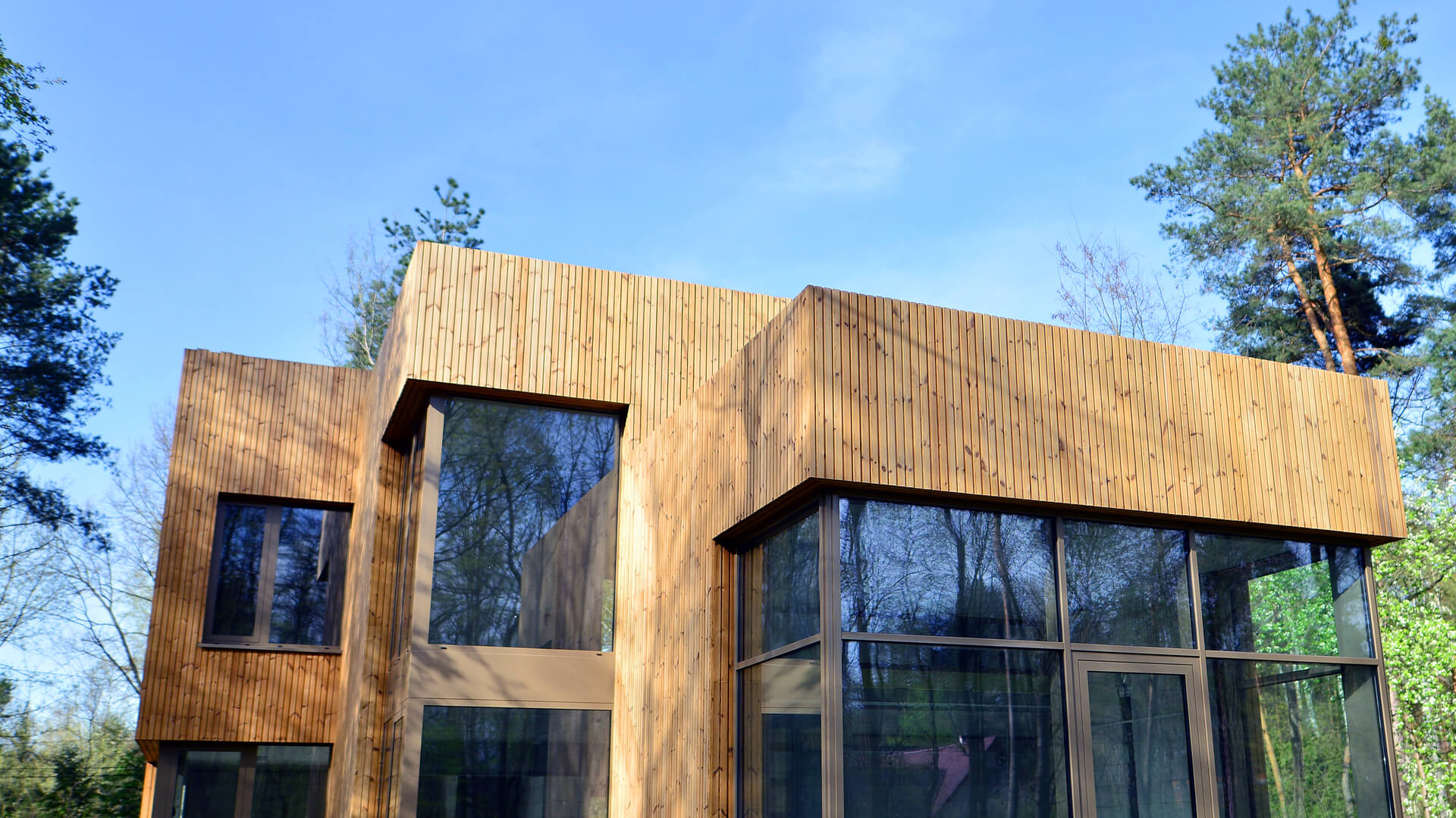
Composite Cladding
Combining wood fibres with plastic polymers, composite cladding offers timber’s appearance with enhanced durability. It’s more resistant to moisture and insects than natural wood whilst requiring less maintenance. Though initially more expensive, its longevity often justifies the investment.
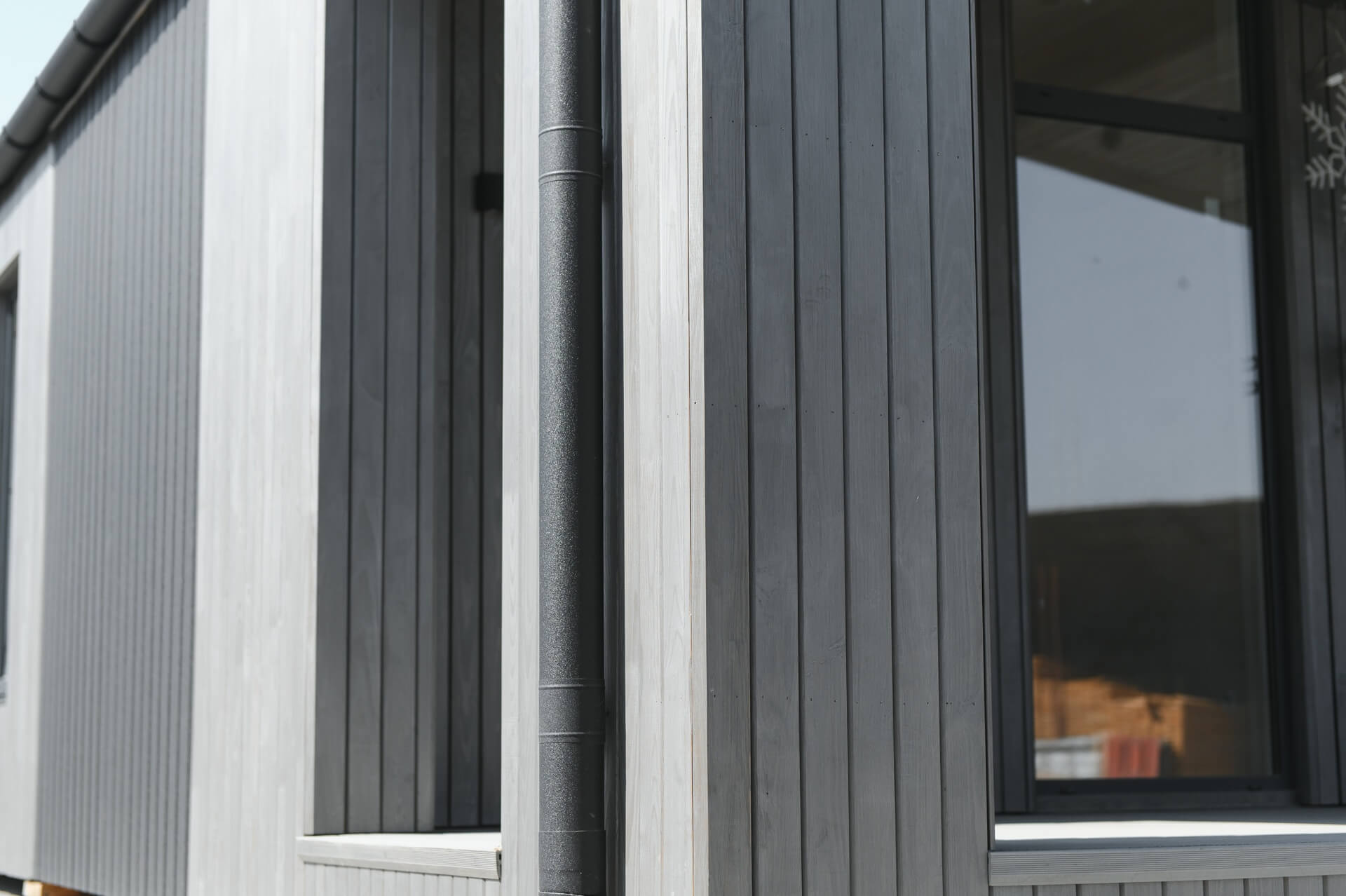
Fibre Cement Cladding
Made from cement, sand, and cellulose fibres, this option provides excellent fire resistance and durability. It can be painted any colour and mimics various textures, making it versatile for different architectural styles. It’s particularly popular for contemporary home designs.
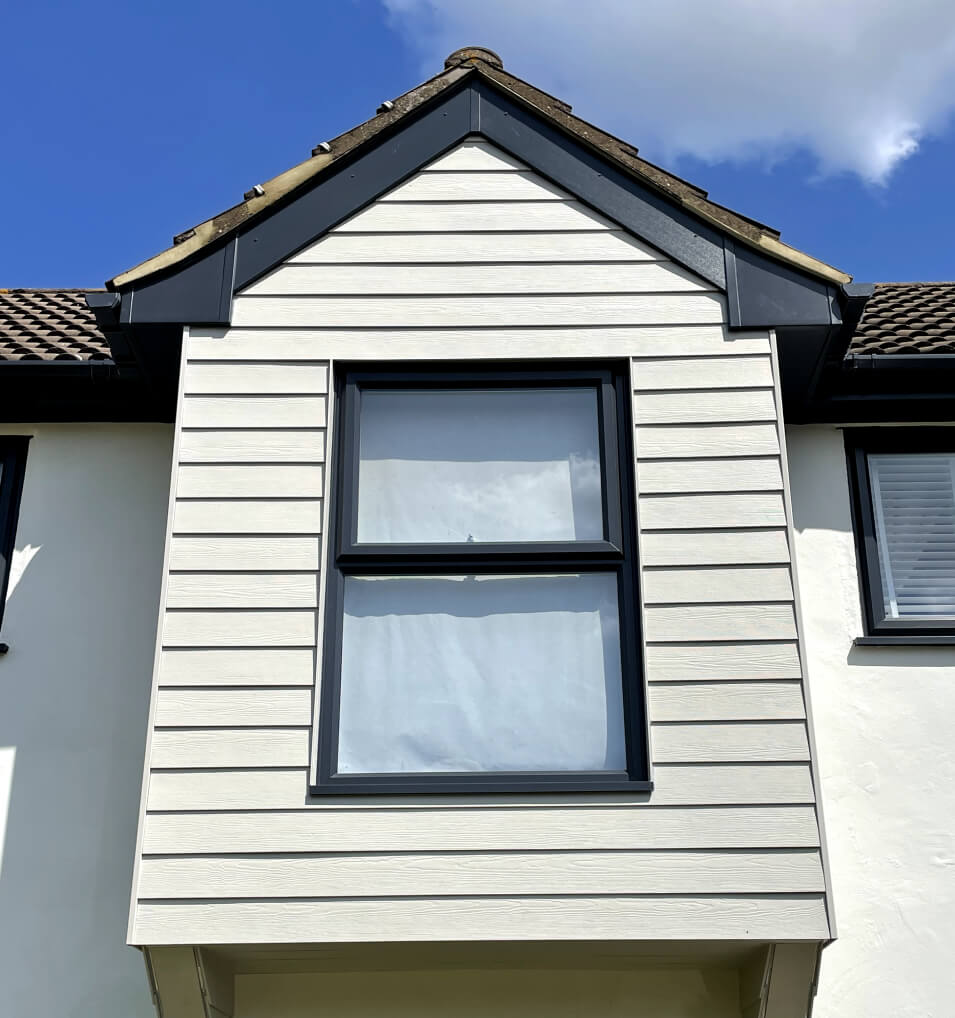
Key Benefits of Installing Cladding
Weather Protection That Works
Quality cladding systems prevent moisture penetration that leads to damp, mould, and structural damage. This protection is especially valuable in areas like Milton Keynes and across Buckinghamshire, where British weather can be particularly unpredictable.
Energy Efficiency Improvements
The additional insulation layer created by cladding can reduce heat loss by up to 30%, according to the Energy Saving Trust. This leads to noticeable reductions in heating bills, making cladding not just an aesthetic upgrade but a practical investment.
Reduced Maintenance Requirements
Unlike rendered walls needing repainting every few years, quality uPVC cladding can look fresh for decades with just occasional cleaning. If you’re tired of ongoing exterior maintenance, getting in touch with a specialist about cladding options could save considerable time and money long-term.
Complete Visual Transformation
Dated pebbledash or tired brickwork can be completely concealed, giving your property a modern, clean finish. This visual upgrade often increases property value, making cladding an investment that can pay dividends when selling.
The Installation Process
1. Initial Assessment and Preparation
Professional cladding installation begins with thorough assessment of existing walls. Any repairs to the underlying structure must be completed first, ensuring a solid foundation. This attention to detail during preparation is crucial for long-lasting results.
2. Framework Installation
Cladding panels are systematically attached, starting from bottom to top. Each piece interlocks or overlaps with neighbours, creating a weathertight barrier. Special attention is paid to corners, windows, and doors, where precise cutting and additional weatherproofing ensure complete protection.
3. Panel Fitting and Finishing
A framework of battens is fixed to your walls, creating the essential ventilation gap. This framework must be perfectly level and secure, as it supports the entire cladding system. Insulation boards may be fitted between battens, maximising thermal benefits.
4. Typical Timeframes
Professional installers complete most semi-detached houses within 5-7 days, though larger properties or complex designs may take longer. Reputable companies like HomeFix ensure minimal disruption throughout the process, working efficiently to complete your installation with minimal impact on your daily routine.
Maintenance and Longevity
Simple Maintenance Routines
uPVC cladding typically needs only annual washing with soapy water to maintain appearance. This simple routine helps preserve your cladding’s finish and ensures continued effective protection.
Expected Lifespans
Different materials offer varying longevity:
Regular Inspections
Visual inspections help identify issues early. Check for:
Addressing minor problems promptly prevents serious damage and extends your cladding’s life significantly.
Planning Permission and Building Regulations
When Permission Isn’t Required
Many homeowners worry about planning requirements, but cladding often falls under permitted development rights. This means you typically won’t need planning permission for standard installations on single-family homes.
When You Need Permission
Restrictions apply to:
Making the Right Choice for Your Home
Consider Your Property Style
Think about your home’s architectural style and neighbourhood character. Modern cladding suits contemporary properties, whilst timber-effect options complement traditional homes beautifully.
Think Long-Term
If staying in your home for many years, invest in higher-quality materials with longer guarantees. For those planning to sell, the immediate visual impact and increased kerb appeal can attract buyers and potentially increase sale price.
Climate Considerations
In areas with high rainfall, ensure your chosen system includes adequate ventilation and moisture management. Quality installers assess these factors during consultation, recommending solutions suited to your specific location.
About HomeFix
As exterior home improvement specialists based in Milton Keynes, we’ve spent over a decade helping homeowners across Buckinghamshire, Bedfordshire, Hertfordshire, and Northamptonshire transform their properties with quality cladding installations.
Our experienced team understands that choosing cladding is a significant decision. We provide detailed consultations to help you select the perfect solution for your home.
We work exclusively with BBA-approved materials and back every installation with our comprehensive 10-year guarantee. As a family-run business, we’ve built our reputation on honest advice and exceptional workmanship.
Whether you’re looking to improve energy efficiency or completely transform your home’s appearance, get in touch for a free, no-obligation quotation and discover why our customers consistently rate us five stars.

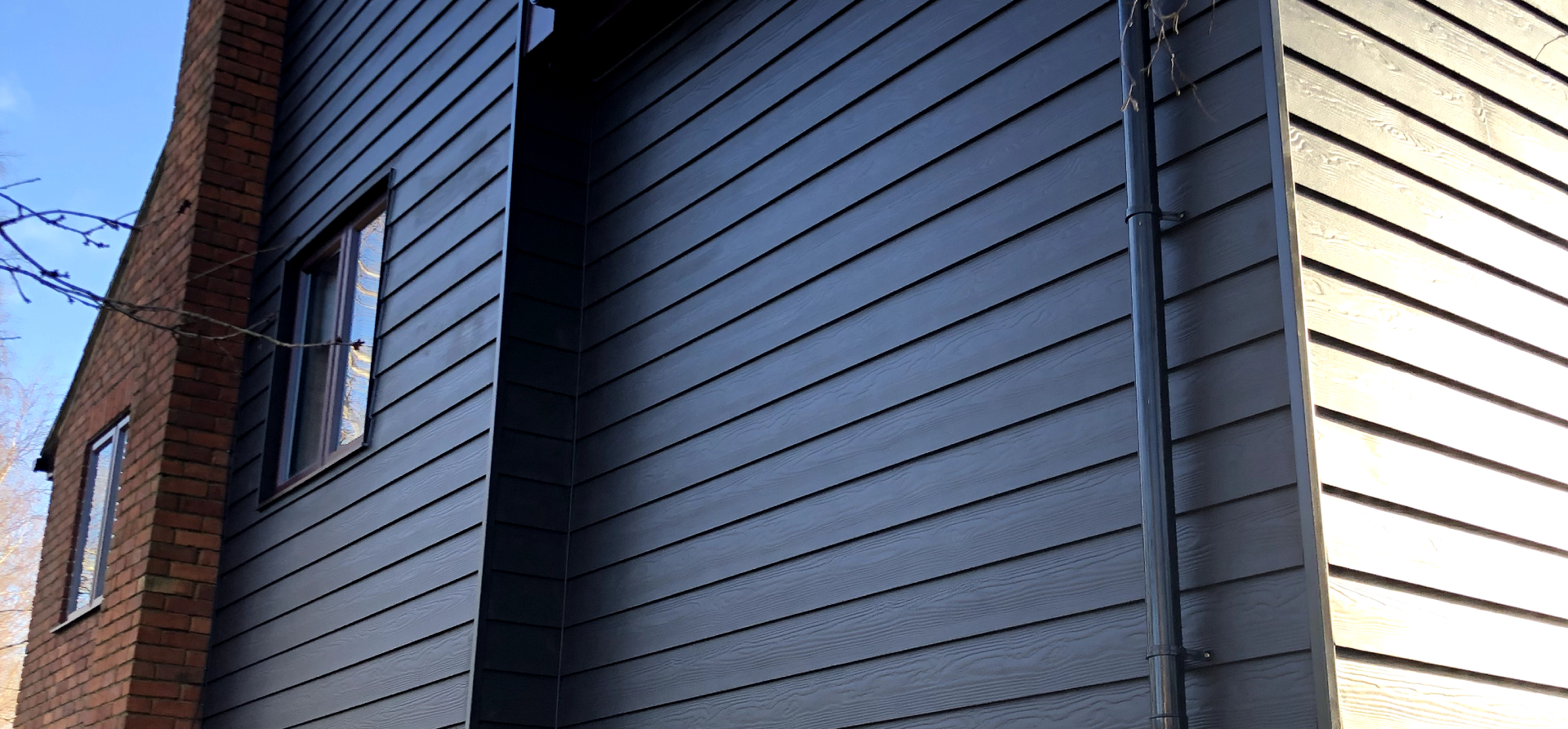




Leave A Comment